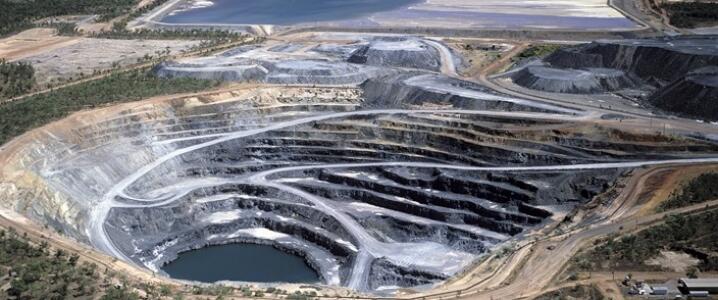Researchers at the National Accelerator Centre (CNA in Seville) have studied a water column in the northwestern Mediterranean, finding that the amount of uranium -236 (236U) exceeds by a factor of 2.5 to the other zones similar spaced at equal latitude.
In the study, published in the journal Science of the Total Environment, analyzed the levels of this radioactive isotope in the oceanographic station DYFAMED (Dynamics of Atmospheric Fluxes in the Mediterranean Sea), located in the Ligurian Sea, an area of the Mediterranean located between the Italian Riviera and the island of Corsica.
According to the authors, the interest in this region of the study is to analyze the potential local and regional sources ofuranium -236 that may have affected its water and sediments, as well as natural processes that may have altered due to inventory – called global fallout (radioactive aerosols released during atmospheric nuclear tests between 40 and 80 of the twentieth century).
The uranium -236 has a half life of 23.4 million years. This is a synthetic radioisotope, ie, a radioactive isotope that is not found naturally in the earth and that is created by nuclear reactions. Especially it is produced by neutron activation of uranium-235, natural isotope of uranium. Therefore, it is very abundant in nuclear reactors and, consequently, in these emissions, accidental or controlled.











